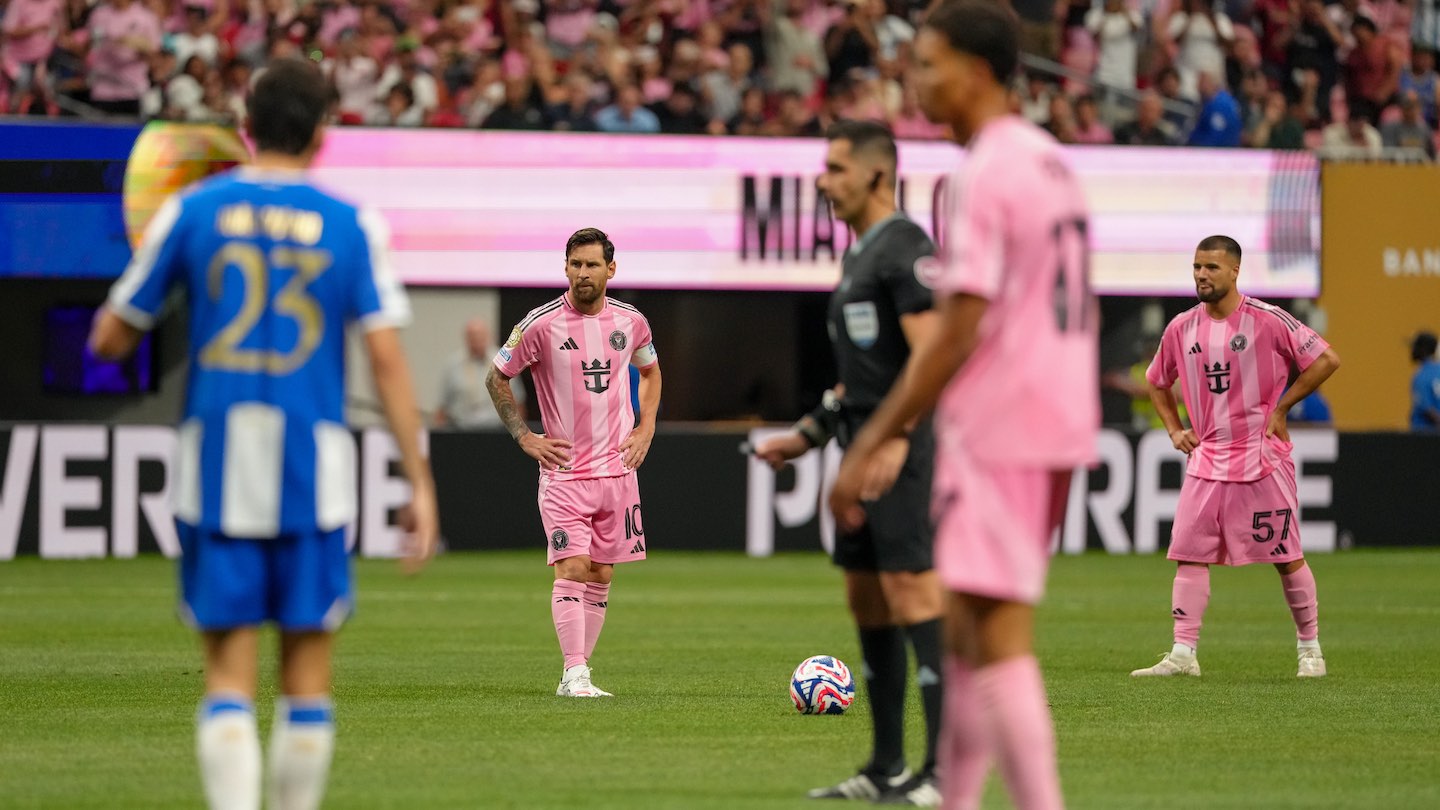Lionel Messi is a superstar in every sense of the word and one of the greatest players of all-time. Born in Rosario, Argentina in 1987, he is the consummate number #10 for every team he has played on.
Messi grew up in a middle-class level family, the third of four children of Jorge Messi, a steel factory manager and his wife Celia Cuccittini, who worked in a magnet manufacturing workshop. They were a tight-knit, soccer-loving family. His first team at age seven was with Newell’s Old Boys, based in his hometown of Rosario. During his six years with Newell’s Old Boys, he scored almost 500 goals! His future as a professional player was threatened when, at aged 10, he was diagnosed with a growth hormone deficiency and began growth hormone therapy at age 11. Challenges continued when his father’s health insurance covered only two years of therapy, which cost at least 1,000 pesos per month.
Negative remarks about Messi were that he was “too small, too fragile” but soon it was realized he was a phenomenon and he would be something special. He signed his first contract with Barcelona at 13 years old and by the age of 17, Messi was playing for Barcelona’s first team.
While some say he is the greatest player of all-time, I am not going to get into that debate but would like to examine how different his life might have been if he grew up today in the United States instead.
Would Messi’s family have been able to afford American pay-to-play clubs? As a parent who had three children in travel soccer in the late 1970’s through 1990’s, the cost to our family was minimal. I’m not certain that Messi’s family could afford to pay for him to play nowadays in the USA, especially with the medical expenses they were incurring.
Are we missing out on talented players because their families cannot afford pay-to-play club teams? Should American youth soccer programs be aware of financial needs of players and make accommodations for them? We must take a good hard look at youth soccer in the USA, not as just a business but as an investment in our future soccer players, men and women.
And also, Messi is small and likes to dribble while many college coaches look for big players who can withstand the physical demands of college soccer and who play one- or two-touch. How many college coaches would have recruited him based on his considerable talent, even though their preference might be to play a very different style? Would our coaches here think he is “too small, too fragile” just as some coaches back in Argentina once thought way back when?
Pat Grecco is an Eastern New York and Long Island Junior Soccer League Hall of Famer who is CEO of the College-Bound Athlete Scholarship Service. For more info, log on to www.collegeboundathlete.com or contact Pat directly at [email protected]








